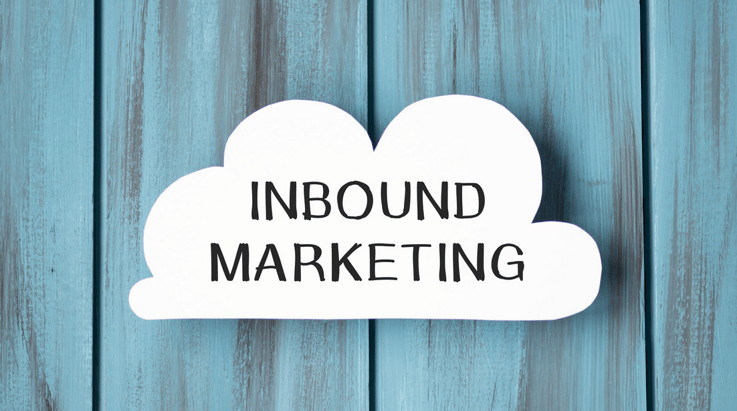 Inbound marketing is a customer-centric approach that attracts clients through content and interactions that are relevant and helpful. Unlike outbound marketing, which fights for potential customers' attention, inbound marketing builds connections they are looking for and solves problems they already have. Here are some powerful inbound marketing tactics that can amplify your marketing strategy and help in attracting, engaging, and delighting customers.
Inbound marketing is a customer-centric approach that attracts clients through content and interactions that are relevant and helpful. Unlike outbound marketing, which fights for potential customers' attention, inbound marketing builds connections they are looking for and solves problems they already have. Here are some powerful inbound marketing tactics that can amplify your marketing strategy and help in attracting, engaging, and delighting customers.
Content Marketing
Content is the backbone of inbound marketing. Create informative and entertaining content that addresses your customers' challenges and needs. This can include:
- Blogging: Regular, SEO-rich blog posts that target specific keywords your customers are searching for.
- E-books and Whitepapers: In-depth content offering valuable information in exchange for contact details.
- Infographics: Visual content that explains complex data or information in an easily digestible format.
- Video Content: Demos, tutorials, or customer testimonials that engage users and improve the time spent on your site.
SEO (Search Engine Optimization)
Optimize your online content to ensure it appears as high as possible on search engine results pages. SEO tactics include:
- Keyword Research: Identify and target the phrases and questions your prospects are searching for.
- On-page SEO: Optimize web page elements like titles, descriptions, and content for your target keywords.
- Off-page SEO: Build backlinks from other reputable sites to increase your site's authority.
Social Media Marketing
Engage with your target audience where they spend a lot of their time:
- Share your blog posts, videos, and other relevant content on platforms like Facebook, Twitter, LinkedIn, and Instagram.
- Use social media to connect with industry influencers who can share your content to a broader audience.
- Engage in community discussions and hashtag campaigns, and use live video sessions to interact directly with your customers.
Email Marketing
Develop relationships with prospects through direct communication:
- Use email newsletters to provide subscribers with valuable content, company updates, and personalized offers.
- Implement automated email workflows that nurture leads based on their interactions with your content or your website.
- Test and analyze email campaigns to understand what works best for your audience.
Lead Generation And Management
Turn visitors into leads and nurture them until they're ready to buy:
- Offer valuable resources in exchange for a prospect's contact information using opt-in forms, landing pages, and calls-to-action.
- Implement lead scoring to identify hot leads that are sales-ready.
- Use CRM (customer relationship management) tools to personalize follow-ups.
Remarketing
Reach back out to visitors who have interacted with your platform but didn't convert:
- Use cookie-based technology to follow your visitors across the web with targeted ads.
- Create specific content that will appeal to users based on their previous behaviors or interactions with your website.
Influencer Partnerships
Partner with influencers that can help extend your reach:
- Collaborate with influencers in your niche to produce content or endorse your products.
- Leverage influencer followers by providing them with exclusive offers.
Analytics And Reporting
Use data to refine your tactics:
- Analyze which types of content and which platforms are performing best.
- Refine and optimize based on metrics like visitor-to-lead conversion rates and customer acquisition costs.
User Experience (UX) Optimization
A seamless user experience is critical for keeping visitors engaged:
- Make sure your website is easy to navigate and performs well on all devices.
- Reduce loading times and eliminate any element that might cause friction in the customer's interaction with your website.





